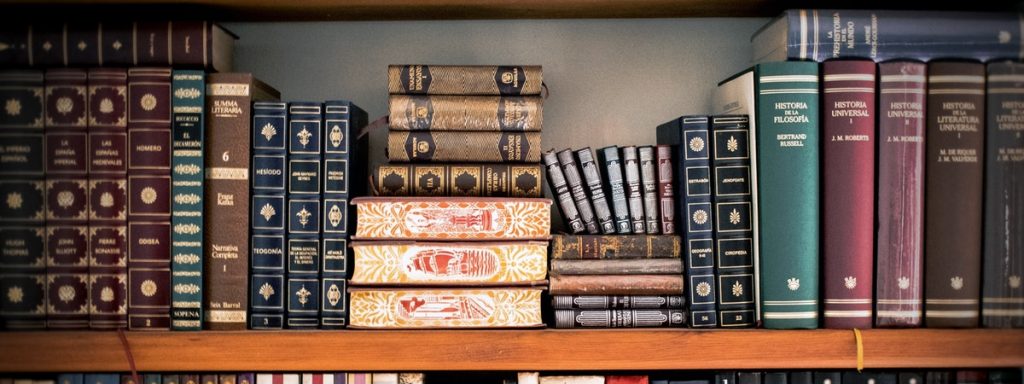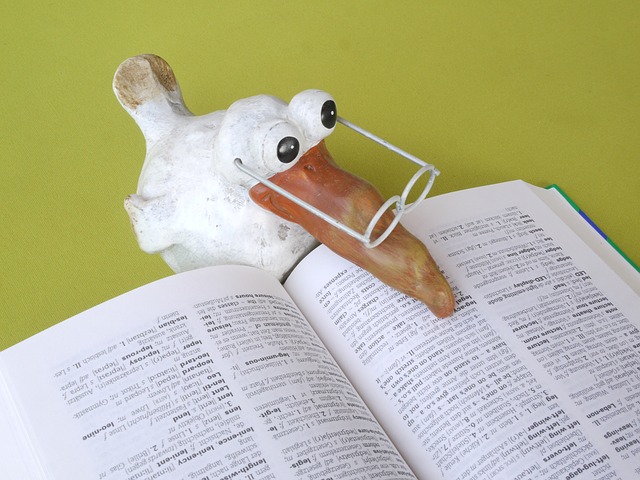Industrial laws refer to various rules and regulations that govern industrial enterprises. basically, industrial law includes rules that regulate the relationships between employers and employees. Moreover, industrial law also works with employment laws in any organization.
Key Takeaways
- Industrial Law features three sets of entities: Industries, Labor, and Governmental agencies
- Individual labor law protects employees at work and deals with their rights
- Employment standards set up social norms for the minimum socially acceptable conditions
- Labour law ensures better conditions and the right to join a labor union
INTRODUCTION
Industrial Law is the branch of Law that discusses the legal features of three different but interrelated sets of entities – Industries, Labor, and Governmental agencies.
Besides setting up industries, governments all over the world are controlling them actively at the same time. The governments have always emphasized the relationship of Labor-welfare. And, quite frankly, many laws are legislated to mitigate, address and solve industry-labor disputes in the most friendly manner.
At the same time, industries that deviate from such regulations are always punished. Modern Industrial Jurisprudence changed the concept of a master-servant. Under the modern sense, one who invests capital is no more than a master, and one who contributes labor is no more a servant.
Individual labor law protects employees at work and deals with their rights. And, whenever the contract for work has been made, individual labor law will be in full effect there.
Employment standards set up social norms (in some cases also referred to as technical standards) for the minimum socially acceptable conditions. Under these conditions, employees or contractors are allowed to work.
Government agencies (such as the former US Employment Standards Administration) are tasked with enforcing labor law (legislative, regulatory, or judicial).
HISTORY: HISTORY OF LABOR LAW

Labour law was gestated with the Industrial Revolution. It is because the relationship between worker and employer used to relate to small-scale production studios. Then, with the advent of industries, worker and employer relationships were involved with large-scale factories.
Workers demanded better conditions and the right to join (or avoid joining) a labor union, while employers wanted a more predictable, flexible, and less costly workforce. The state of labor law at any one time is subject to both the product of and a component of struggles between various social forces.
Besides England being the first country to industrialize, England was also the first to face the often appalling consequences of the industrial revolution. The industrial revolution was a predictable outburst in a less regulated economic framework.
Over the course of the late 18th and early to mid-19th century, the foundation for modern labor law was slowly becoming a reality. Modern labor law was brought as some of the more egregious aspects of working conditions were appearing. And, those working conditions were steadily improved through legislation.
The concerted pressure from social reformers made this legislation achievable significantly. Among the social reformers were Anthony Ashley-Cooper, the 7th Earl of Shaftesbury, and others.
INTRODUCTION TO CHILD LABOR

A serious outbreak of fever swept cotton mills near Manchester in 1784. The outbreak raised widespread public concern against the use of children in dangerous conditions.
A local inquiry, led by Dr. Thomas Percival, was sanctioned by the justices of the peace for Lancashire, and the resulting report recommended the control of children’s working hours. In 1802, the first major breakthrough occurred – the piece of labor legislation was passed − the Health and Morals of Apprentices Act.
This was the first, albeit modest, huge step towards the protection of labor. The act tapped working hours to twelve a day. Moreover, the legislation abolished night work. It required the provision of a basic level of education for all novices, as well as adequate sleeping accommodation and clothing.
The rapid industrialization of manufacturing at the beginning of the 19th century led to a rapid increase in child employment, and public opinion was steadily made aware of the terrible conditions these children were forced to endure.
The Factory Act of 1819 was the result of the efforts of the industrialist Robert Owen. Robert Owen worked for the prohibition of child labor under nine years of age. He limited the working day to twelve.
A great landmark in labor law was achieved with the Factory Act of 1833. This act limited the employment of children under eighteen years of age, prohibited all night work, and, crucially, provided for inspectors to enforce the law.
The instrumental roles of Michael Sadler and the Earl of Shaftesbury proved pivotal in the campaigning for and securing of this legislation. This act brought the labor reform movement step forward. The labor reformation mandated that workplaces be inspected.
Moreover, the law had to be rigorously enforced by an independent governmental body. A lengthy campaign was waged to limit the working day to ten hours. The campaign was led by Shaftesbury and included support from the Anglican Church.
Many committees came into inception in support of the cause. Moreover, some previously established groups lent their support as well. The campaign finally led to the passage of the Factory Act of 1847. This also led to the working hours of women and children in British factories to effectively 10 hours per day.
MINIMUM WAGE
Many jurisdictions ask employers to pay the worker a minimum amount that a worker per hour. Algeria, Australia, Belgium, Brazil, Canada, China, France, Greece, Hungary, India, Ireland, Japan, South Korea, Luxembourg, the Netherlands, New Zealand, Paraguay, Portugal, Poland, Romania, Spain, Taiwan, the United Kingdom, the United States, Vietnam, Germany.
BOTTOM LINE
Labour law (colloquially known as labor law or employment law) is brought to reconcile the relationship between employing entities, workers, trade unions, and the government. Collective labor law mediates the tripartite relationship between employee, employer, and union.
References:
1. https://kids.britannica.com/students/article/labor-and-industrial-law/275343
2. https://guides.lib.monash.edu/areaoflaw/industrial-law
Last Updated on October 23, 2022 by Magalie D.

Magalie D. is a Diploma holder in Public Administration & Management from McGill University of Canada. She shares management tips here in MGTBlog when she has nothing to do and gets some free time after working in a multinational company at Toronto.





